Review of the Day: Hot, Hot Roti for Dada-ji by F. Zia
 Hot, Hot Rot for Dada-ji
Hot, Hot Rot for Dada-ji
By F. Zia
Illustrated by Ken Min
Lee & Low Books
$17.95
ISBN: 978-1-60060-443-0
For ages 4-8
On shelves May 2011
It’s not that contemporary picture books featuring Indian-American characters don’t exist. Even off the top of my head I’m able to instantly conjure up titles like Mama’s Saris or My Dadima Wears a Sari. It’s just that there’s not a whole lot of variety in the titles I’ve seen. The two I’ve just mentioned, by Pooja Makhijani and Kashmira Sheth respectively, are great little books, but I think there’s a fair amount of tales you can tell aside from getting all sari-based. Food has always offered the best possible way of introducing children to other cultures. Whether you’re delving into Linda Sue Park’s Bee-bim Bop! or trying the sushi favored by Rosemary Wells’ Yoko, food is something all ages understand. With that in mind, F. Zia, an elementary school teacher who grew up in Hyderabad, India, brings us a story that combines contemporary Indian-American life, good old-fashioned storytelling, and delicious food all in one place. Add in the rather striking illustrations by newcomer Ken Min and you’ve a tasty concoction worthy of your notice.
Some folks might not be keen on their grandparents coming to live with them, but not Aneel. He thinks it’s great! Not only are Dadi-ma and Dada-ji always about, but no one tells a story quite like Aneel’s grandfather. Dada-ji weaves tales of his own youth when he’d wrestle water buffalos or tie cobras into knots. And the source of this miraculous power? Nothing more than his mother’s delicious, fantastic, fluffy-puffy roti. Caught up in the tale, Aneel is determined that his grandfather should have some roti right there and then like he did when he was a boy. And when the family can’t be swayed in that direction, he takes it upon himself to whip up a batch. With flour, water, and salt he pushes and pulls the dough and Dadi-ma helps him fry it up. Then Dada-ji has his fill and the two go out to have adventures of their own, even if these are nothing more than splashing in puddles or swinging to the sky.
ADVERTISEMENT
ADVERTISEMENT
 Mixing contemporary life and fable in a tale can’t be easy. You don’t want to tip the book too much in the direction of contemporary life, or the fable aspects will get lost in the shuffle. At the same time, you also have to avoid telling too much of the fun exaggerated stories, or else your book will be promising future magic on which it can never deliver. Ms. Zia balances both by placing the story in context right from the start. The very first thing you see is Aneel thinking about his grandparents’ stories while the smoke of the incense beside him turns into rolling green fields and sunny skies. When Dada-ji does start telling his tale, it’s punctuated with some contemporary asides, rooting you in the present. So you have the story of grandparents from India now living with their American children and grandchildren on the one hand, and the conjured dreams of their stories on the other. It makes for a nice balance, a book that’s more interesting than if Zia had gone entirely one way or another.
Mixing contemporary life and fable in a tale can’t be easy. You don’t want to tip the book too much in the direction of contemporary life, or the fable aspects will get lost in the shuffle. At the same time, you also have to avoid telling too much of the fun exaggerated stories, or else your book will be promising future magic on which it can never deliver. Ms. Zia balances both by placing the story in context right from the start. The very first thing you see is Aneel thinking about his grandparents’ stories while the smoke of the incense beside him turns into rolling green fields and sunny skies. When Dada-ji does start telling his tale, it’s punctuated with some contemporary asides, rooting you in the present. So you have the story of grandparents from India now living with their American children and grandchildren on the one hand, and the conjured dreams of their stories on the other. It makes for a nice balance, a book that’s more interesting than if Zia had gone entirely one way or another.
Sometimes I’ll be entranced by the look of a book and its story, but the writing will turn me off completely. Ms. Zia, however, seems like an old hand at this game. Her words repeat beautifully at the beginning and the ending of the tale. She works in common Hindi words and phrases into the story so naturally that you can’t imagine the text existing without them. Best of all, she’s evocative. Even Dada-ji’s story begins with the right flavor. “In a village far, far away where the warm breeze made the green wheat fields dance and the brown coconuts rustle lived a lad who astonished the villagers morning, noon, and night.” I also appreciated that Zia avoided potential sap. It would have been all too easy to turn this tale into one where Dada-ji tells overblown tales of strength from his youth in the first half, only to grow ill in the second and have to be revived by his grandson’s roti recipe. It sounds odd to say, but part of why this book works is because there isn’t this peril at stake. Aneel’s motivations aren’t any greater than simply wanting to make some tasty food for his grandfather. Nothing wrong with that.
 What are we to make of the animator turned children’s picture book illustrator? It’s a phenomenon that has grown increasingly over the last few years. On the one hand, not every animator has what it takes to tell a visual story, even if their images pop off the page and leave you wanting more. Ken Min, to my mind, has an advantage over his brethren then. As an animation storyboard artist, Min’s entire career has been based on visual storytelling. As such, storyboard artists sometimes make for the best transitional picture book artists. I say “sometimes” because there are some storyboarders who have a difficult time making their books look like anything more than a rote series of images stuck to a page. Min’s book works because he has no problem working Zia’s text in with his own images. The story bounces back and forth, and I particularly appreciated Min’s willingness to break apart his pictures into cutaway rectangles or extreme close-ups when the mood strikes. The illustrations are done in acrylic and colored pencil, though there’s a strange mixed-media feel to them. Sometimes you wonder if he didn’t cute a figure out and then just re-glue it to the page. Whatever it is he’s done, it keeps the images from turning flat at any point. Excellent!
What are we to make of the animator turned children’s picture book illustrator? It’s a phenomenon that has grown increasingly over the last few years. On the one hand, not every animator has what it takes to tell a visual story, even if their images pop off the page and leave you wanting more. Ken Min, to my mind, has an advantage over his brethren then. As an animation storyboard artist, Min’s entire career has been based on visual storytelling. As such, storyboard artists sometimes make for the best transitional picture book artists. I say “sometimes” because there are some storyboarders who have a difficult time making their books look like anything more than a rote series of images stuck to a page. Min’s book works because he has no problem working Zia’s text in with his own images. The story bounces back and forth, and I particularly appreciated Min’s willingness to break apart his pictures into cutaway rectangles or extreme close-ups when the mood strikes. The illustrations are done in acrylic and colored pencil, though there’s a strange mixed-media feel to them. Sometimes you wonder if he didn’t cute a figure out and then just re-glue it to the page. Whatever it is he’s done, it keeps the images from turning flat at any point. Excellent!
But really, the whole reason I picked up the book in the first place probably had a lot to do with how Min does people. I like it when a book makes an effort to be more than a series of talking heads. Consider a sequence where Aneel runs to his different family members in the hope of getting one of them to make a batch of roti. First off, I was very grateful that he asks both men (his dad) and women to do this. Well played there. In each case Aneel is rebuffed, no better than by his older sis. The text reads, “Finally Aneel tried his big sister, Kiran, but she didn’t want sticky globs of dough getting under her starry nails.” The picture backs this up, but what I loved was how Kiran is pictured admiring the nail job on her left hand, while her right effectively covers up Aneel’s mouth, big sister-like. No misinterpretation there. On a rereading I also noticed that when Dada-ji tells his exaggerated tales of his youth, the kid in those pictures definitely has his nose. It’s a little detail, but one that shows that the artist was truly paying attention to what he was doing.
 I did have one problem with a book, and it’s due to its success. Here you have a tale that talks up the deliciousness of a good plate of roti. When Dada-ji licks the salty specks from his fingertips the reader pretty much wants to get a taste of what’s going on as well. So I eagerly flipped to the end of the book for the obligatory food-based-picture-book-recipe only to find, to my horror, no recipe! No warm steamy roti! No hot chewy roti! No roti at all! There’s a very useful Glossary of terms available for English speakers who want to correctly pronounce some of the more difficult Hindi words and phrases, but it could easily have shared some space with a little delicious roti action. After all, the fact that Aneel makes perfect roti my merely throwing a couple ingredients into a bowl may give kids the wrong impression on how easy it is to replicate a beloved dish. Maybe a recipe would have alleviated that problem a bit.
I did have one problem with a book, and it’s due to its success. Here you have a tale that talks up the deliciousness of a good plate of roti. When Dada-ji licks the salty specks from his fingertips the reader pretty much wants to get a taste of what’s going on as well. So I eagerly flipped to the end of the book for the obligatory food-based-picture-book-recipe only to find, to my horror, no recipe! No warm steamy roti! No hot chewy roti! No roti at all! There’s a very useful Glossary of terms available for English speakers who want to correctly pronounce some of the more difficult Hindi words and phrases, but it could easily have shared some space with a little delicious roti action. After all, the fact that Aneel makes perfect roti my merely throwing a couple ingredients into a bowl may give kids the wrong impression on how easy it is to replicate a beloved dish. Maybe a recipe would have alleviated that problem a bit.
One request I often get in my library branch is for examples of tall tales. I’ll hand over the usual Paul Bunyan / John Henry / Pecos Bill materials when asked, but maybe I’ve been boxing myself in too much. Maybe next time someone asks I’ll pluck Hot, Hot Roti for Dada-ji off the shelf as well. After all, I think it’s beneficial to see how telling exaggerated tales isn’t solely a historical activity performed by our forefathers. People today exaggerate all the time, often about their own lives. Whether you believe Dada-ji’s tales is inconsequential. The lesson here isn’t that telling tales is bad, or anything quite so trite. Rather, it’s that sometimes a person can recapture a time long lost with the help of the people who care for them. And that’s a lesson that breaks all kinds of barriers. You bet.
On shelves May 2011
Source: F&G sent from publisher for review.
Misc: It may not have been in the book, but Lee & Low made sure to include a roti recipe on the book’s website. Cut to the chase and see the PDF here.
Filed under: Reviews
About Betsy Bird
Betsy Bird is currently the Collection Development Manager of the Evanston Public Library system and a former Materials Specialist for New York Public Library. She has served on Newbery, written for Horn Book, and has done other lovely little things that she'd love to tell you about but that she's sure you'd find more interesting to hear of in person. Her opinions are her own and do not reflect those of EPL, SLJ, or any of the other acronyms you might be able to name. Follow her on Twitter: @fuseeight.
ADVERTISEMENT
ADVERTISEMENT
SLJ Blog Network
The Moral Dilemma of THE MONSTER AT THE END OF THIS BOOK
K is in Trouble | Review
Parsing Religion in Public Schools
ADVERTISEMENT



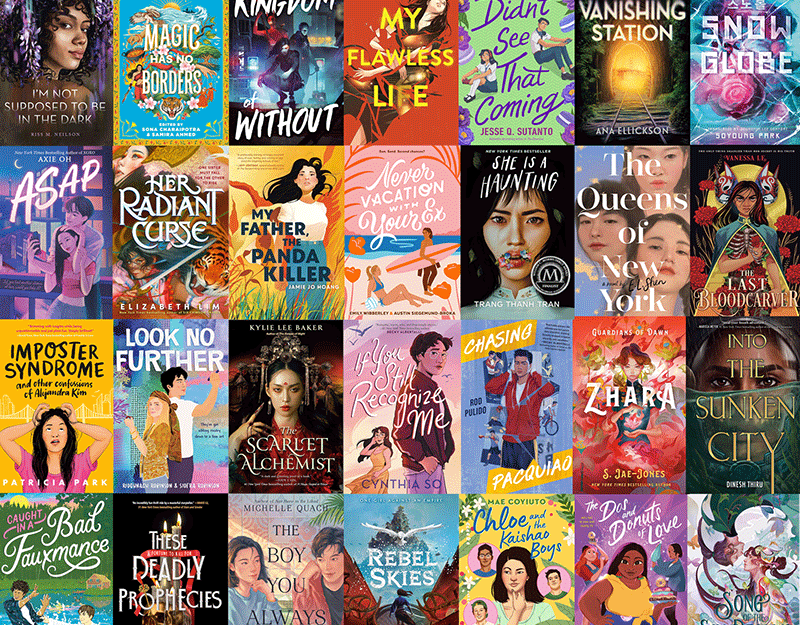
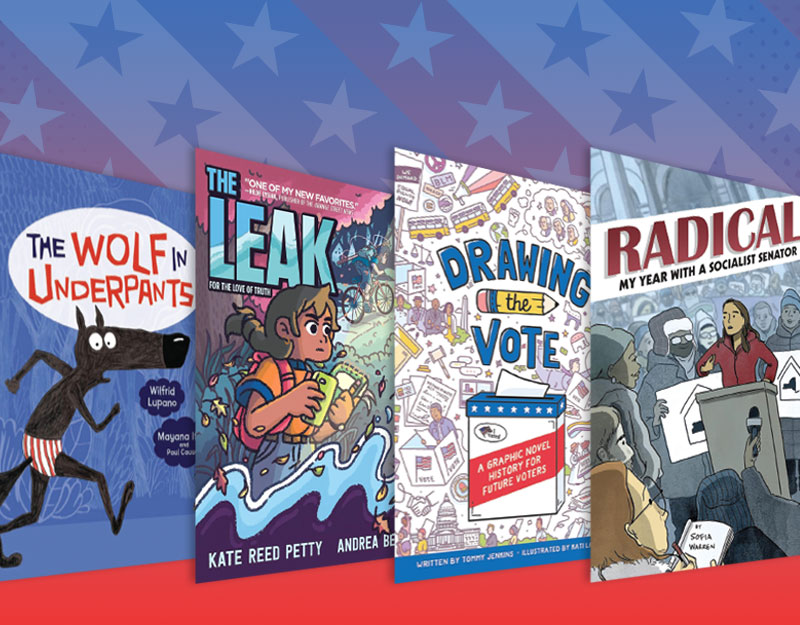
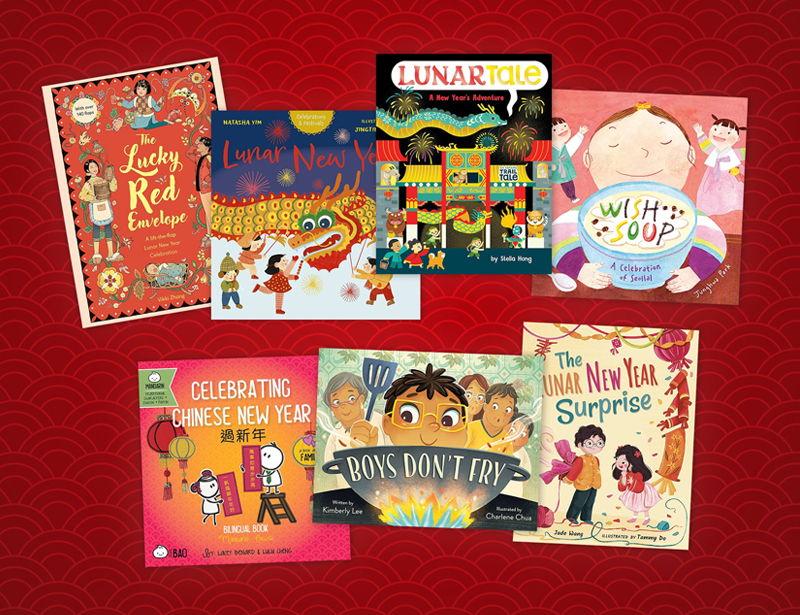
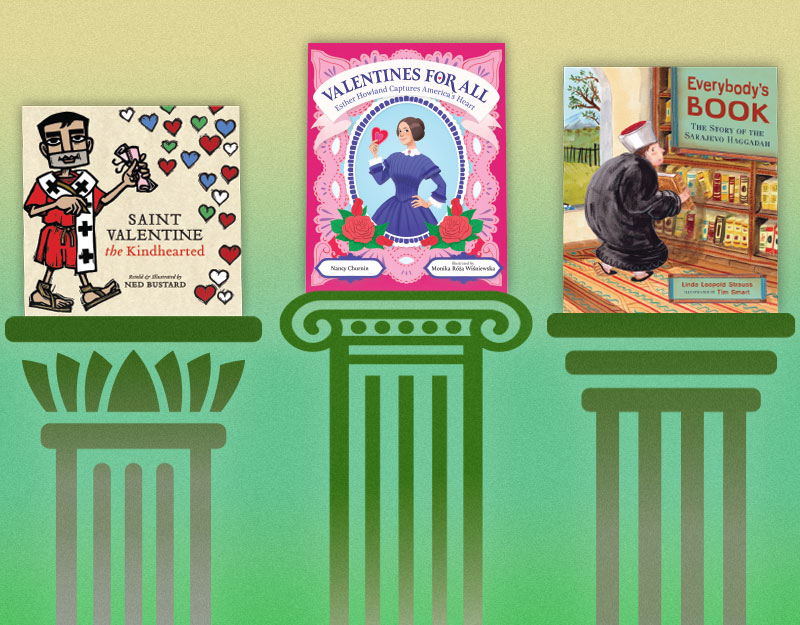
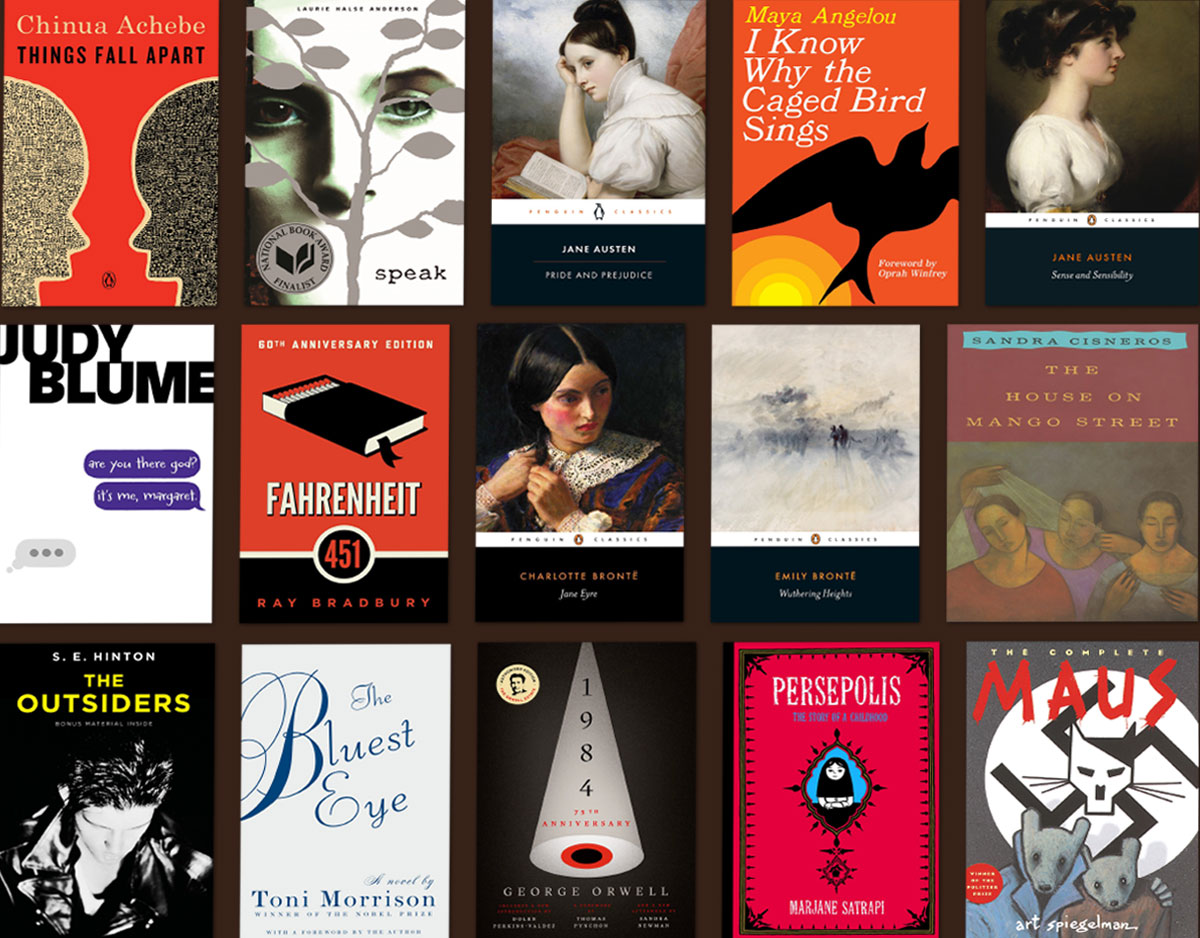
Another Roti-related tale: What Should I Make? By Nandani Nayar, Illustrated by Proiti Roy.
Thanks for the shout-out.
This book looks great – thanks for the review/heads-up! Another great food-related book for kids is Dim Sum for Everyone by Grace Lin. Just used it in story times this past week and it was a big hit!
Many thanks, Fusenumber8 for your review.
ms. bird
thank you so much for your review. it’s caused quite a stir here on the left coast among family and friends. best way i can express it is that when i gave the review to my mother to read, she smiled. (and that’s something cause she’s a rather stoic person. 🙂
thanks again.
k
Hello Farhana,
great book and illustrations. Reminded me of my own grandfather. Good representation of nostalgic and happy moments with him.
Brought a smile and laughter to my face.
Keep it up. All the best moving forward.
regards
Sushil
I agree that food is an excellent way to introduce children to a new culture. Perhaps the second printing of the book will include a recipe for hot roti.
I’m so excited to see this book. My husband was born and raised in India, so we have lots of Indian blood in the family (including in our two kids). I’m always on the look out for well written picture books with a nice touch of “Indian” in them. I think I’m going to go pre-order this one right away! Thanks…
Hi, again. I was just looking at Lee and Low’s page for the book, and there is a link to a roti recipe there!
http://www.leeandlow.com/books/419/hc/hot_hot_roti_for_dada_ji